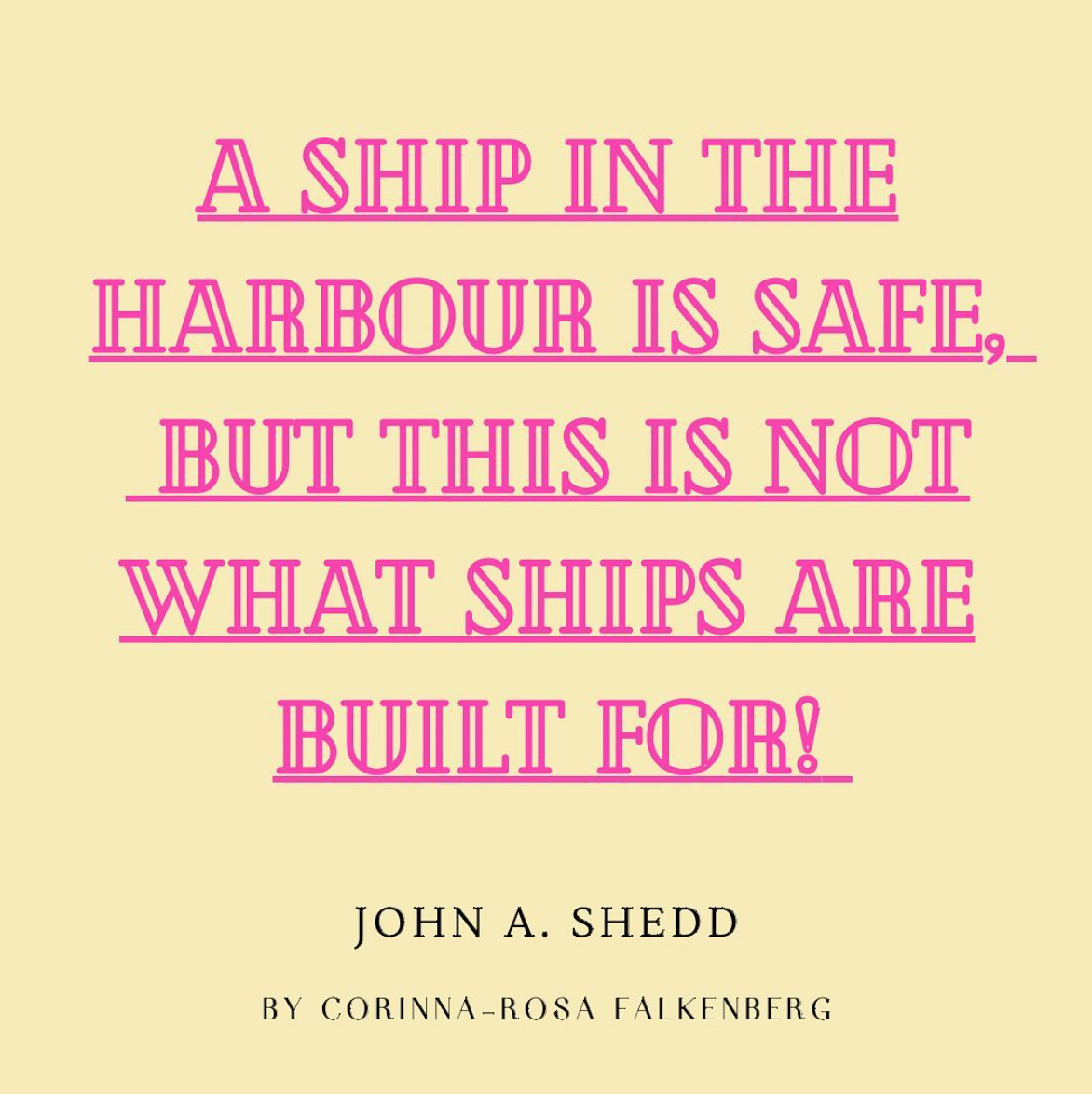☆ EXPAND YOUR IDEA OF WHAT IS POSSIBLE IN LIFE!
Sweet reminder to expand your idea of what is possible in life.
.
Just had a talk yesterday with a friend. He loves comfort zones but wants to develop his personality further at the same time. A fast track for him would be to get from time to time into the unknown. This can be simple as smiling to strangers in the streets or listening to music you would “normally” not listen to. Or it can be a bigger step as traveling on your own to an unknown space without having made any plans or research upfront.
.
With all those adventures, you will train you brain to become more flexible and more open to THE new. You train yourself to respond differently to what life has to offer. You might be able to see more options, more solutions, more ideas – this will not only help you on a personal level to expand but also business wise. Why: you strength your creativity muscle and this is one of the key traits humanity needs in order to be able to find smart and convincing solutions for today’s key challenges in the world. On a small as well as on a big level. Sooooo – be the boat that leaves the harbour. You have all already within you to do so.
.
HAPPY SATURDAY AND KEEP ON SHINING!




